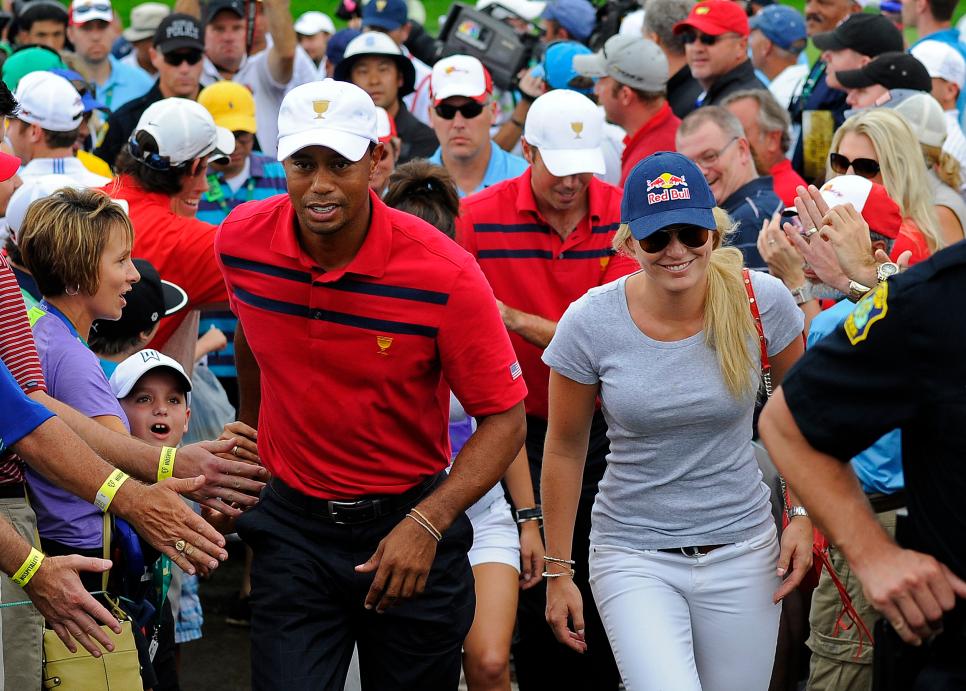
Over the years, there has been an increase in senior athletes. This is due to more people participating in competitions. A variety of factors are responsible for the rise in senior athletes, including the increasing interest in sport by seniors. Although physical fitness tends to decline with age, there are still ways to stay active and fit.
Sport motivation
Sport motivation in senior athletes is influenced by competition level, age, and gender, according to a recent study. The study used a validated questionnaire to measure sport participation motivation. Table 1 shows the results. The participants were separated by sport. Furthermore, the results showed that the questionnaire had many psychometric properties.
The study included 316 senior and junior athletes who participated in three team sports. Three questionnaires were completed by the participants. They were also categorized according to their sport and competition level. The results showed that football players were most motivated to achieve success, while handball players had the lowest motivation levels.
With aging, physical fitness declines.
Aging causes a decline of physical fitness. The muscles also experience a decrease in range of motion, becoming more rigid. This can make it difficult to perform strenuous exercise. However, despite these aging changes, many senior athletes are still capable of performing exceptional feats.
The study showed that aerobic capacity in both men and women fell by 20% over a decade. After 40, the decline in aerobic capacity was greater for men than it was for women. This has consequences for functional independence as well as quality of life.
Exercise regimens
All ages of athletes can benefit from an exercise program. Senior athletes should incorporate cardiorespiratory exercise, muscle-strengthening exercises, and balance and flexibility exercises into their workout. These exercises can help them maintain their level of strength and improve their balance. Older athletes might be less at risk of injury but they still need to build the endurance and muscle strength to compete.
You should get your medical clearance before starting an exercise program. You may have to adjust the intensity of your exercise program if you have had injuries in the past or are suffering from chronic illnesses. Also, you may need to alter your medication schedule and meal plan in order to get the most benefit from your program.
Nutrition
Senior athletes require nutrition that is customized to their particular needs. In general, athletes should follow the principles of good nutrition to maximize overall health and athletic performance. It is important to consider preventive and individual health advice when giving diet advice. A registered dietitian is able to provide senior athletes with dietary prescriptions. In addition to dietary advice, senior athletes may also be interested in topics such as exercise and weight control.
For older athletes to have a healthy diet, they should eat high-quality calories and nutrient dense foods. This can improve recovery from intense workouts as well as reduce the likelihood of suffering from age-related debilitating disorders. A senior athlete should, for instance, eat healthy carbohydrates to fuel the body and maintain a healthy weight. They should also eat foods rich in fiber and antioxidants.
Balance
Balance in senior athletes is affected by physiologic changes. To help ensure safe and effective athletic performance, sport and orthopedic healthcare professionals must first understand the changes in the body. They can then create and implement an SMT plan to address these problems. Balance training is another important part of overall fitness. Balance training improves muscle strength, postural alignment, balance, and prevents falling.
The key component of balance is proprioception also known as joint positioning sense. Studies have shown that elite athletes with ACL tears have significantly decreased Joint Positional sense, suggesting that secondary injury issues could be present. In one study, researchers compared the Joint Positional Sense of 30 athletes with UCL tears to 30 athletes who had not undergone ACL injury.